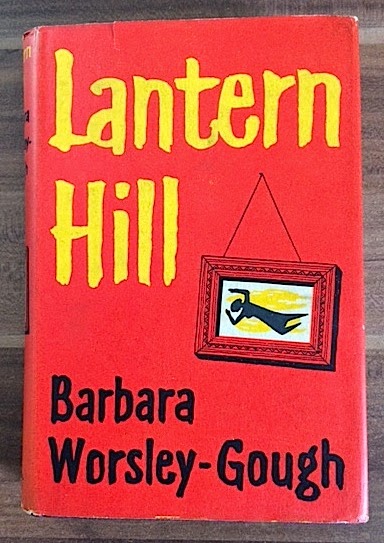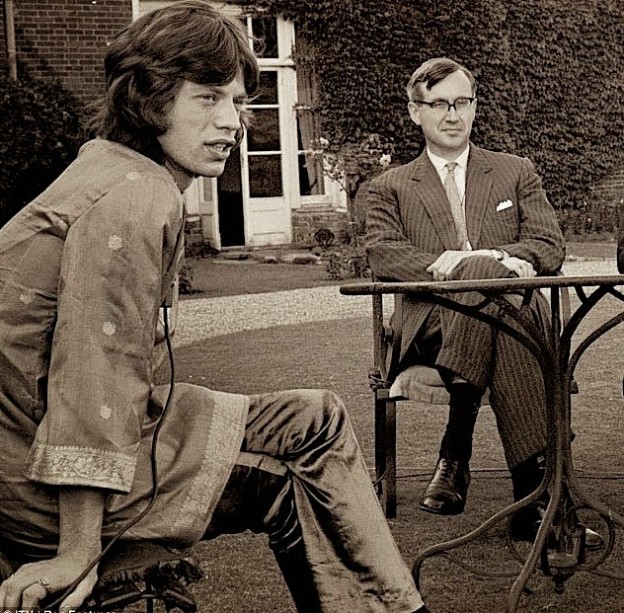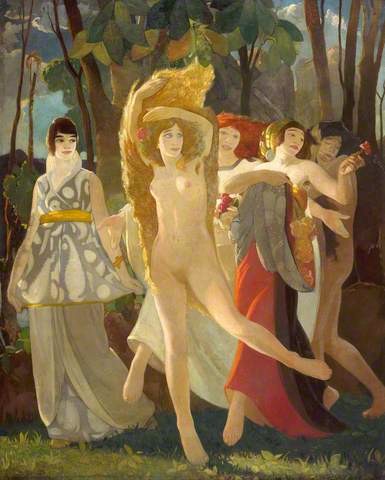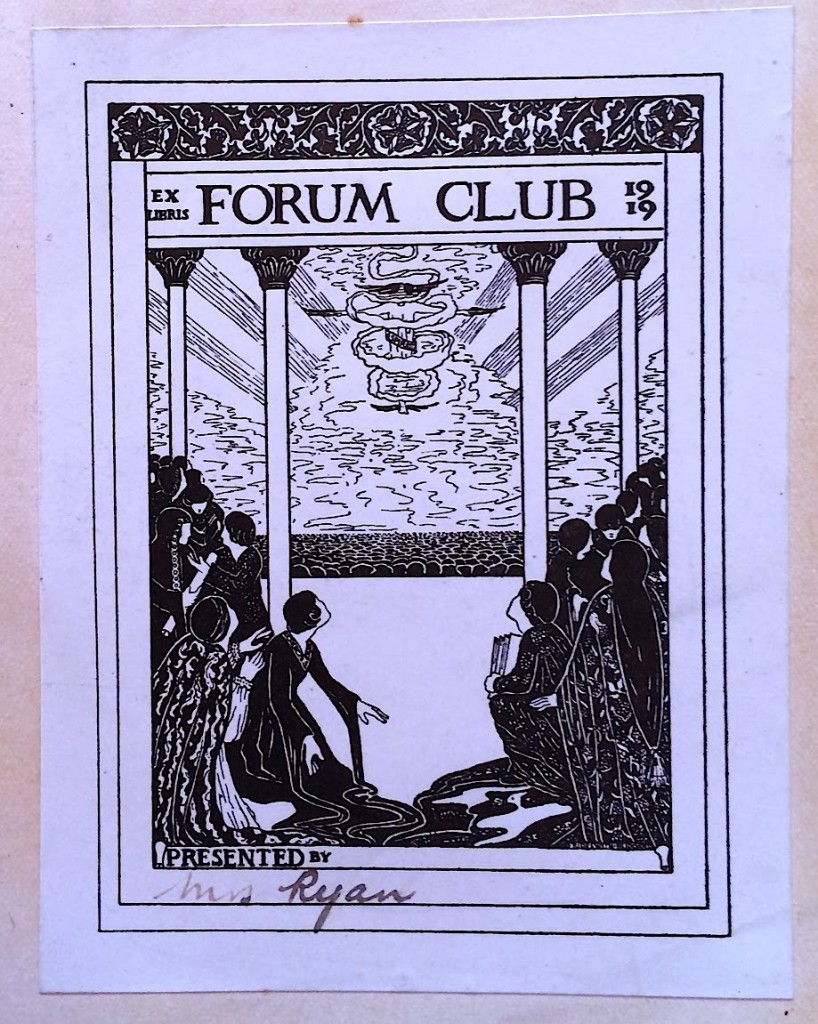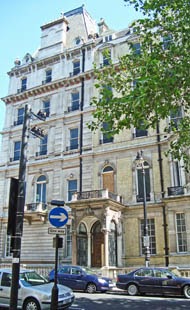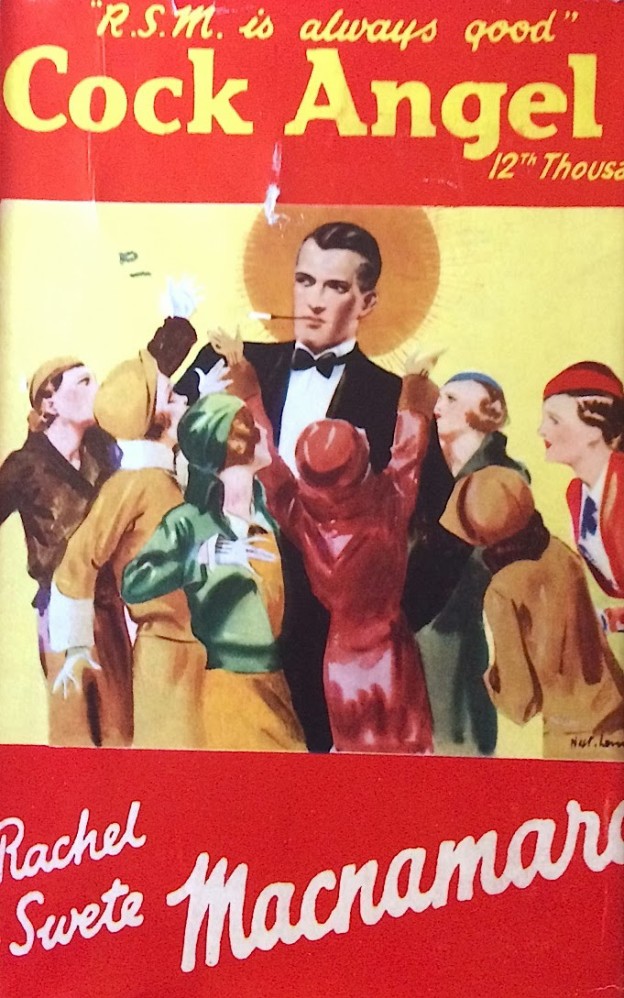
Found -- the bookplate of Charles Stewart Rolls featuring early sporting motor-cars to foreground with illuminated lamps, the moon rising behind an imposing country pile, and balloons ascendant in the sky above; inscribed “Charles Stewart Rolls” below, and with the coat-of-arms of the Baron Llangattock surmounting top centre with family motto “Celeritas et Veritas” (Speed and Truth)measuring 12 x 9cm. About 1905. Rather valuable - a clean one made over a £100 at Bonhams in 2013. The artist was known as WPB (Barrett) and he produced several hundred bookplates, mostly for the landed gentry, featuring the house, the library and the pastimes of customers who ordered them at bookshops like Bumpus.
Charles Rolls was of course the co-founder (with Henry Royce) of the Rolls Royce car firm. He stood 6 foot 5 inches and died young -he was the first Briton to be killed in a flying accident, when the tail of his Wright Flyer broke off during a flying display in the Southbourne district of Bournemouth, England in 1912. He was 32. He came from money and with a loan of £6600 from his father (Baron Llangatock) he set up one of the first car dealerships in London.









